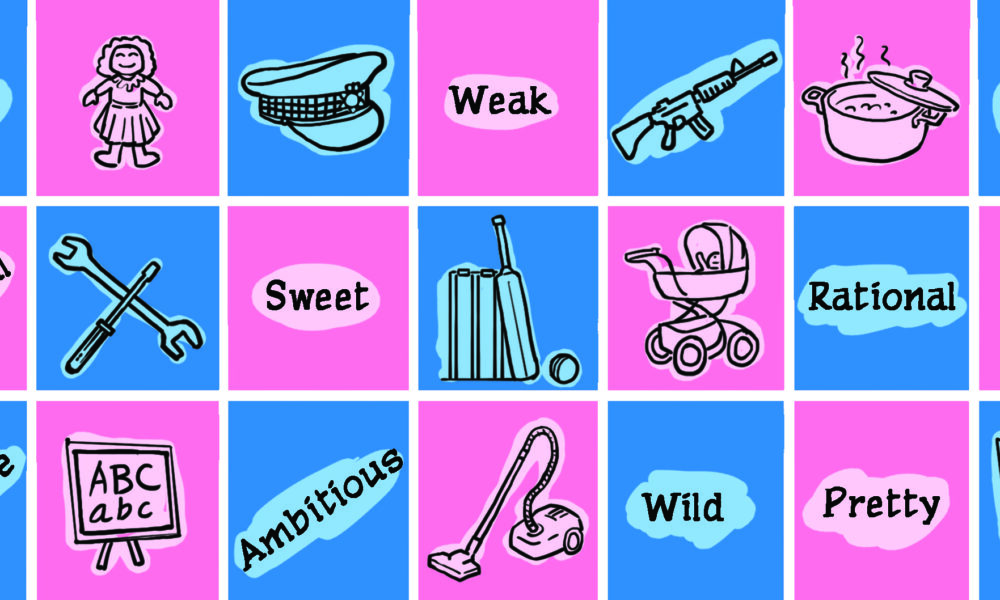Are Canadians ridiculously polite? Is Gen Z exceedingly self-absorbed? Stereotypes pervade our day-to-day lives, with their roots grounded in false notions and “othering” media portrayals. However, stereotypes of age, race, gender, and other identifiers do not exist in a vacuum—an identity consists of multiple identifiers that mesh and interlock. A person is not just their age or their race—they also have gender identities and sexual preferences that affect how they move through and experience the world.
In a recently published article, assistant professor Jordan R. Axt of McGill’s Department of Psychology examined how in-group identity and group status affect people’s race-gender associations. The researchers discovered that theBlack women and Asian men respondents in their study exhibited weaker stereotypical associations between race and gender.
In the first part of the study, 1,071 American participants of different racial and gender backgrounds completed a computer mouse-tracking task, categorizing Black and East Asian faces as either male or female. The mouse movements were tracked as participants reacted to each face, mostly collecting straight-line responses for Black man and Asian woman faces but recording a pull toward the incorrect gender label when shown the faces of Black women and Asian men.
While there could be a multitude of reasons for this race-gender bias, Axt offered an explanation rooted in societal stereotypes due to repeated, harmful media portrayals that essentialize entire racial groups.
“Black people are disproportionately likely to be shown as perpetrators of violent crimes on [news outlets]. Exposure to this type of media could, over time, build up this association between Black and masculine,” Axt said in an interview with The McGill Tribune.
In a similar vein, Asian people in North America are underrepresented in high-status or leadership positions that are societally associated with masculinity, which the researchers theorize leads to an association between being Asian and femininity.
When audiences are exposed to these images in the media, they subconsciously absorb this misinformation to form stereotypes and biases. These race-gender biases exert a weighty influence on educational institutions, workplaces, and even how people choose their romantic partners.
“When these associations exist, they might subtly push us in one direction [over] another,” Axt explained. “For example, we live in an educational context where, oftentimes, students are rewarded for portraying behaviours […] like leadership and assertiveness that have more historically masculine components.”
Structural discrimination does not end in educational institutions. Starting with disproportionately excluding Black students from gifted and talented programs to phenomena such as the bamboo ceiling in the workplace, Black and Asian people are often subjected to microaggressions at various levels due to unjustified stereotypical associations.
Axt’s research team also found that Black women and Asian men—the respondents who most opposed the stereotypical association—exhibited less of a pull towards incorrect gender labels in the mouse-tracking task, suggesting that people’s intersectional identities influence their perception of other groups.
“It could be that, for example, Black women and Asian men are more proactive about the type of media that they choose to consume,” Axt speculated about the reasons behind this difference in race-gender association. The race-gender identity of all other respondents were white and Hispanic men and women, with more women than men being surveyed.
Axt suggested that considering intersectionality in social psychology research is crucial going forward.
“Social psychology has done a lot of great work to show some of the effects of these social characteristics, such as race, gender, and age, in isolation,” he said. “But we can begin to more fully appreciate, in the years to come, that when we start to combine these social identities, there are unique effects. And I hope that our research is just one more example of that.”








